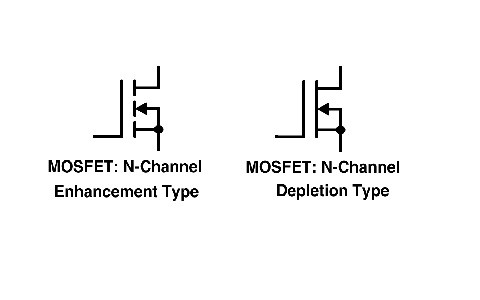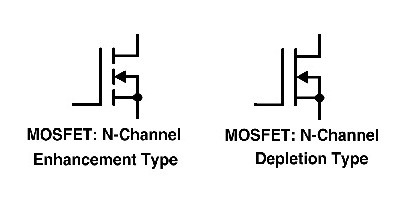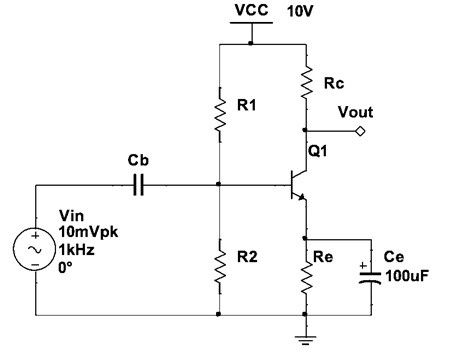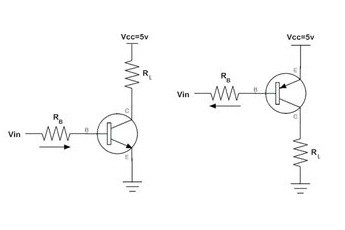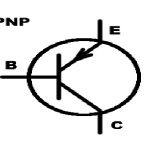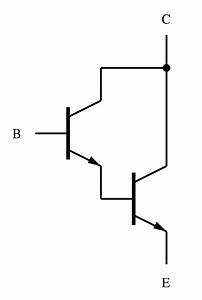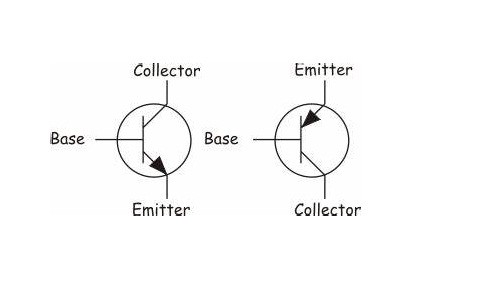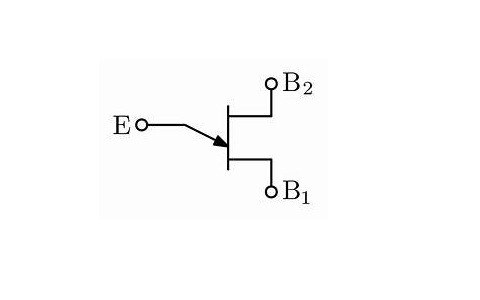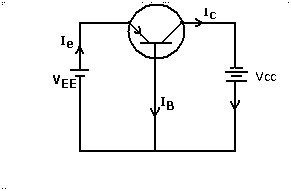N-Channel MOSFET is a type of metal oxide semiconductor field-effect transistor that is categorized under the field-effect transistors (FET). MOSFET transistor operation is based on the capacitor. This type of transistor is also known as an insulated-gate field-effect transistor (IGFET). Sometimes it is also known as a metal-insulator field-effect transistor (MIFET). This type of transistor is further classified as p-type and n-type. These p-types and n-type MOSFETs are further classified as … [Read more...]
Basics of FET, Working Types and Its Applications
FET stands for the Field-effect transistor. These transistors are designed to overcome the drawbacks of the bipolar junction transistors. As the basic transistors have the junction of the emitter in the mode of forwarding bias this makes the device to operate at low impedance levels. This introduces considerable amounts of noise levels. FETs possess all the characteristics which can overcome the drawbacks of bipolar junction transistors and can be a good replacement for the vacuum tubes as well … [Read more...]
What is Amplifier : Circuit Working and Its Applications
An amplifier is a basic circuit that is obtained from the transistors. These devices are designed in such a way that the transistors with the low value of the input signal are converted in terms of the signals which possess high strength. These are most widely used in the concept of long-distance communication and also at the place where the wireless data transmission is used as the media. These are the basic devices installed in the transmitters and the receivers. As the transistor is common … [Read more...]
Transistor as a Switch – Circuit Diagram, Working & Applications
Basically transistor is a type of semiconductor device. These devices consist of three numbers of terminals. The interaction among the two terminals will be in such a way that two junctions are formed in it. These junctions and altogether the terminals are responsible for the generation of the current either the current controlled or the respective voltage-controlled devices are designed. This article discusses below about Transistor as a Switch along with its working and applications. The … [Read more...]
Basics of PNP Transistor – Construction & Its Working
PNP transistor is one kind of bipolar junction transistor and it includes three terminals known as collector, emitter, and base. As compared with NPN, this transistor structure is completely different because instead of two n-type semiconductors here two p-type semiconductors are used. The separate region between these semiconductors is due to the n-type. The majority of charge carriers of this transistor are holes because two p-types of semiconductors are used in the process. The construction … [Read more...]
What is Darlington Transistor : Working and Its Applications
Darlington transistor is a pair of transistors that are connected in such a way that it enhances the features of the respective application. This transistor pair is invented by Sydney Darlington. It is formed in such a way that either two P-N-P or N-P-N transistors are connected so that the emitter of the one transistor is connected to the base of the other transistor. Both the transistors interlinked so that one can act as input other can refer to as output one. The output of the transistor … [Read more...]
What is a Bipolar Junction Transistor : Working Principle and Its Applications
The invention of the Bipolar Junction Transistor (BJT) is done in the year 1948. Transistors are the basic electronic devices that are formed because of the combination of the diodes that are referred to as bipolar junction transistor. These bought the revolutions in the modern electronic system. These inventions of transistors are the major reasons for the replacement of vacuum tubes. Individual diodes of the junction p-n that are connected back to back lead to the formation of the … [Read more...]
Uni Junction Transistor Working, Types and Applications
A Uni Junction Transistor (UJT) is a device that is formed with a single junction of p-type and the n-type of the semiconductor material. It resembles to that of the diode with a single junction of the P-N. It looks almost like that of the Junction Field Effect Transistor (JFET). But the operation is completely different in comparison with it. As the name suggesting it is a single junction transistor but it is widely used in the circuits of timing, triggering circuits and so on… it is a … [Read more...]
Transistor Configuration Types & Characteristics
Transistors are the basic equipment required for the formation of the devices. Hence the development of these transistors has been a replacement for the vacuum tubes. A basic transistor can be formed by the combination of the p-type semiconductor and the n-type semiconductor. This combination is sandwiched between one p-type and two n-types. The other combination is of two p-types and one n-type. Therefore N-P-N and the P-N-P transistors are formed. These transistors can be classified based … [Read more...]
Basics of Transistor, Working and Its Types
Transistors are also comes under the category of semiconductors. These are responsible for the revolutionary changes in the field of electronics. The first practical transistor was introduced in the year 1927 is known as point contact transistor by John Bardeen, Walter Brattain and William Shockley. The compression of the sizes of the electronic devices is only because of the invention of transistors.The word transistor can be split into two basic words. The very first one ‘trans’ is referred … [Read more...]
- « Previous Page
- 1
- …
- 4
- 5
- 6
- 7
- Next Page »
